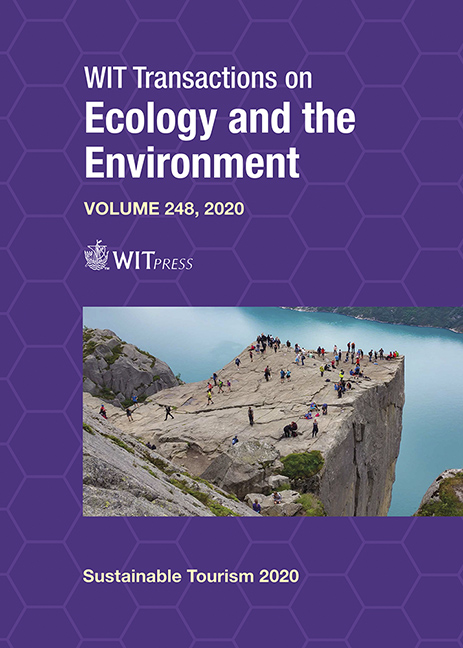REMOTE ISLAND TOURISM: A CASE STUDY IN FIJI
Price
Free (open access)
Transaction
Volume
248
Pages
12
Page Range
165 - 176
Published
2020
Paper DOI
10.2495/ST200141
Copyright
WIT Press
Author(s)
HIROSHI KATO
Abstract
The purpose of this paper is to make clear that “Remote island tourism” is one of the frontiers for South Pacific nations. Fiji plays a vital role in this paper as the main case study for pushing forward the idea. In order to confirm the existing situation and to evaluate the potential of remote island tourism, the author conducted field surveys to remote islands, including the Lau archipelago, Lomaiviti archipelago, and Kadavu island in Fiji. They sit on the eastern side or southern side of the Fiji main island, Viti Levu. It was confirmed that signs of long periods of cultural interchanges between different races clearly remain on remote islands in forms such as architectural styles. Based on the observations obtained from the field surveys, this study concludes that “Remote island tourism” is one of the frontiers for South Pacific nations. This study identified that the lifestyle of the remote islanders can be one of the tourist resources for people who live in urbanised areas. Regarding ways to deal with associated challenges, this paper suggests that “Remote island tourism” should be pursued in step with developments of social basic needs including transportation in the remote islands.
Keywords
remote, Viti Levu., Lau, Kadavu, Bau, Levuka, Lakeba, roof, resource, jetty





